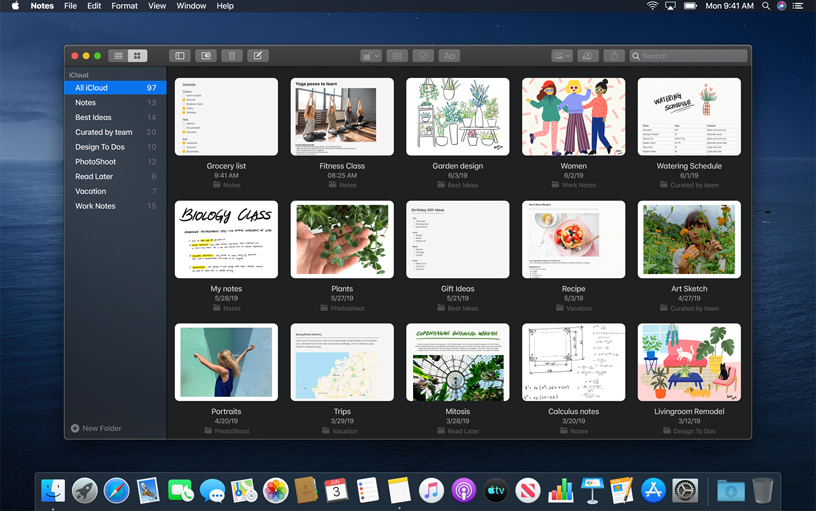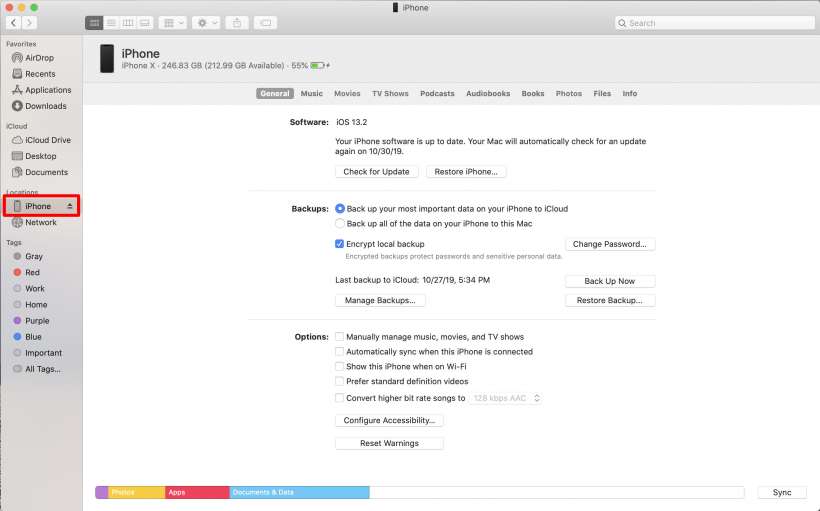The App Store is available in 175 countries and regions and 40 languages to make it easy for users around the world to discover and download your app. Localizing your app helps make it relevant to a variety of cultures and languages, and provides an opportunity to grow your business. Learn how to prepare your app for a global audience and understand considerations for expanding into new markets.
Apple has also removed all 32-bit-only apps from the Mac App Store. Zsh is the default login shell and interactive shell in macOS Catalina, replacing Bash, the default shell since Mac OS X Panther in 2003. Bash continues to be available in macOS Catalina, along with other shells such as csh/tcsh and ksh. All you need to do is to download the macOS Mojave App directly from the Mac App Store, and you will receive the 6.1 GB installer App. With that said, this guide is for those who have found the 22 MB app in the Applications folder and are in quest of finding the full-size installer application. As earlier mentioned, two methods come in play.
Structure Your App for Localization
Internationalization, the process of structuring your app’s code and UI for localization, is a fundamental first step in building apps for a global audience. With Apple’s powerful tools and technologies, including Xcode 11, Apple APIs, Auto Layout, and Unicode support, it’s easy to prepare your apps to support multiple languages and regions, even before you know which languages you’d like to add.
In Xcode, make sure your user-visible text and images are separate from your executable code. When you translate these elements into other languages, you can integrate the content back into your app as separate localized resource files stored within the app bundle. Images — including image sets, Apple Watch complications, Apple TV image stacks, Sprite Atlases, and symbol sets — can be localized directly in your Asset Catalog. You can also use localized SF system symbols and set the directionality for custom symbols — for example, for right-to-left languages like Arabic and Hebrew.
Use Apple APIs to correctly express user-visible or dynamically-generated values, such as dates, lengths, weights, prices, and currency symbols, across different locales. Ensure your app accepts user-generated text in any language and in multiple languages at once, independent of the user interface language. This allows app content to appear in the user’s preferred language and format. You can also take advantage of Auto Layout to automatically adjust the dimensions and layouts of views, extensive Unicode support to work with text from any language, the powerful text handling technologies of Cocoa and Cocoa Touch to display, lay out, and edit text in many languages, and much more.
With iOS 13 and iPadOS 13, users can select their preferred language for your app independent of their device language, making it easy for multilingual users to switch between languages in your app. On macOS Catalina, users can set the language of an app in the Language & Region section of System Preferences.
Prepare for a Global Audience
Investigate Market Factors
Market-specific demographics, such as population, language, and purchasing power, can help you better understand areas that might have an affinity or need for your app. Every market has its own preferences for the types of apps or categories customers most enjoy. For example, games are popular worldwide, however strategy games may be more popular in a particular region. Website downloader free. Consider selecting markets with similar attributes to those in which you have already established success, such as strong app downloads, sales, usage, or retention metrics, as this may make for easier growth. When selecting a market, assess how your app might fit in and how its value and functionality aligns with that market’s needs. You may even identify a need in the market that is not yet filled, allowing you to bring unique value to users with your app.
Use App Analytics To Determine Potential Markets
If you offer your app worldwide but haven’t localized for particular regions, you can look at key performance metrics, such as Product Page Views, App Units, Sales, and Active Devices, filtered by territory. This can help you determine if your app is attracting users in a particular territory that might benefit from localization. For example, if your app is primarily in English and you see lower than average retention or Sessions per Active Device in Germany, you might consider adding German language support. Keep in mind that some markets may have greater proficiency with your app’s primary language, while others may require more significant localization work. Usage data such as active devices, sessions, and retention include only users who have agreed to share their diagnostics and usage information with you.
For more information on using App Analytics, see Gain Insights with App Analytics.
Consider Local Culture and Customs
While your app and product page should each provide a consistent experience across all markets, it’s sometimes valuable to refine certain elements for cultural relevance. For example, you might try incorporating market-specific content or cultural moments, such as special holiday content or regional art styles. You may want to consider any local policies and market regulations, as well as any political or religious sensitivities, to increase the likelihood that your app is well received.
Localize Your App
Translate User-Visible Content
Use the Xcode Export For Localization feature to automatically extract all localizable content, including strings referenced from code, stringsdict files, and Interface Builder files, as well as any localized assets. This process shouldn’t require modifications to your source code, making it easy to work on translations in-house or with an external localization service. Be sure to also localize purpose strings for a consistent app experience, and consider localizing your privacy policy so that all users have a clear understanding of how their data may be handled.
Apple Services. Use Apple APIs to automatically present localized buttons, payment sheets, errors, and more for Apple Pay, Apple Wallet, and Sign in with Apple. Os x10 10 download.
Audiovisual Media. You can also provide localized support for audiovisual media in your app using AVKit and AVFoundation. These frameworks provide built-in support for easily presenting subtitles and closed captions, and for selecting alternative audio and video tracks.

Localization Services. If choosing an external localization service to help translate content, find out if they specialize in localizing for particular languages, cultures, or categories, and confirm the levels of quality assurance they provide. Providing the service with context about your app and content can help increase efficiency and minimize translation errors. Consider creating a guide with important details — for example, a playbook with character names and personalities, explanations of jokes or humor, a glossary of frequently used terms, and screenshots that show where the translations will be used. Avoid machine translation as your only translation method, since this can lead to inaccurate and low-quality translation because it does not account for context, cultural sensitivities or language nuances. For example, the “book” button in a hotel app might be incorrectly translated to be “novel” rather than “reserve”.
Test Your Localization
Configure test plans in Xcode to easily run tests with different settings and define your testing variants in one place. This helps flag any instances of clipping, truncation, layout overlapping, or issues with right-to-left formatting for the devices and languages you support. You can use the Localization Screenshots feature to generate localized screenshots from successful tests and export these screenshots for use in tutorials, marketing materials, or your App Store product page. Once your app is localized, use TestFlight to share your app with a group of users in the market to get feedback and gather opportunities for improvement.
Prepare for Launch

Localize Your Product Page

Localize your App Store metadata in App Store Connect — such as your app description, keywords, app previews, and screenshots — for each of the countries or territories in which you offer your app. You can also translate your app’s name and tailor your keywords to reflect the values of each market so your app might better resonate with the local audience. You can use the App Store Connect API to automate your metadata upload and management for multiple localizations.

Macos Catalina In App Store
International Payment Methods and Pricing
The App Store handles payment processing, so it’s easy to offer your content to users around the world. Users pay for your apps and in-app purchases with credit or debit cards, carrier billing, digital wallets, or App Store and iTunes gift cards, depending on regional availability.
When pricing your apps and in-app purchases, you’ll choose a price tier in App Store Connect that contains prices already adjusted appropriately for the market in each country or region. For auto-renewable subscriptions, you can choose from 200 price points across all available currencies and price tiers to offer appropriate pricing for each location.
Adapt Your Marketing Strategy
When launching your app in a new market, adapt your marketing strategy to the region to help your audience easily learn about your app and the value it provides. Research which social networks or other channels are most popular with local audiences, as these may vary significantly across markets, and use them to spread the word about your app. Localize any materials you use in your marketing and user acquisition efforts, such as screenshots, banners, and advertisements.
App Store Badges. Use the Download on the App Store badge in your communications as a clear call to action to download your app. Localized badges are available to let your international audience know that your app is tailored for them. Download badges from the App Store Marketing Guidelines.
Search Ads. In addition, you can drive discovery of your app with Apple Search Ads, which lets you promote your app at the top of relevant App Store search results in more than 60 countries and regions. See Search Ads to learn more and read developer success stories.

Evaluate Success
Use App Analytics in App Store Connect to find out how customers discover and engage with your app, and filter this data by the territories in which you’ve expanded. See how many users discover your app while searching or browsing on the App Store and measure the percentage of views that result in a first-time download. Find out if users continue to use your app, and see the number of installations, sessions, and active devices. Compare this data to that of other markets where your app has been available longer. You may find you need to adjust your marketing strategy or better localize your app to improve performance. Once you’ve found success in your chosen markets, you can identify new markets and add additional localizations to provide a great user experience for even more customers.
Catalina App Store Not Responding
Resources
Catalina App Store No Updates
Find tools, documentation, and resources you need to localize your app and product page.
